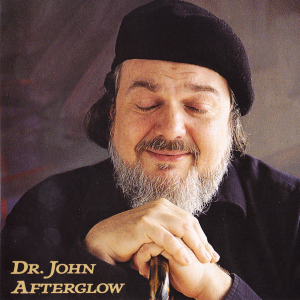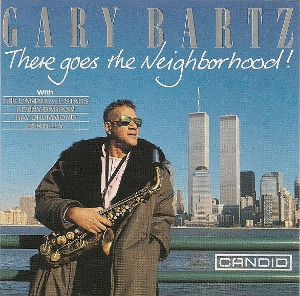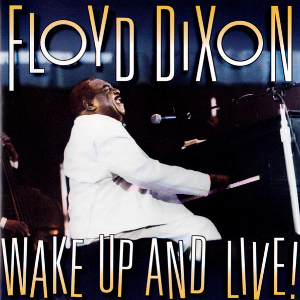
Gary Bartz is an American jazz saxophonist. He has won two Grammy Awards.

Cyrus Chestnut is an American jazz pianist, composer and producer. In 2006, Josh Tyrangiel, music critic for Time, wrote: "What makes Chestnut the best jazz pianist of his generation is a willingness to abandon notes and play space."

John Josephus Hicks Jr. was an American jazz pianist, composer, and arranger. He was leader of more than 30 recordings and played as a sideman on more than 300.

It's a Jungle in Here is the second album by the experimental jazz funk trio Medeski Martin & Wood, released in 1993. The trio supported the album by playing shows with Bio Ritmo. "Bemsha Swing/Lively Up Yourself" is a medley of Thelonious Monk and Bob Marley.
Andrew W. Bey is an American jazz singer and pianist. Bey has a wide vocal range, with a four-octave baritone voice.

The Spin is an album by the American jazz band Yellowjackets, released in 1989. The album title refers to the Earth's rotation. The band supported the album with a North American tour.

Roseanna Elizabeth Vitro is a jazz singer and teacher from Arkansas.

In Flux is an album by the American musician Ravi Coltrane, released in 2005. It sold around 3,700 copies in its first year of release. The album title alluded to Coltrane's growth as a musician.

Harlem Bush Music is a compilation of two albums by saxophonist Gary Bartz NTU Troop, recorded in 1970 and 1971 and released on the Milestone label.

Somalia is an album by the American saxophonist Billy Harper. It was released in 1995 on the Evidence label.

A Piece of Your Soul is the second album by the American band Storyville, released in 1996. It was chosen as the album of the year at the Austin Music Awards.

Strange Pleasure is the first solo album by the American musician Jimmie Vaughan, released in 1994. It is dedicated to Stevie Ray Vaughan and Albert Collins. Vaughan supported the album with a North American tour, including shows with C. C. Adcock.

Afterglow is an album by the American musician Dr. John, released in 1995. The majority of the tracks are covers of jazz and blues songs from the 1940s and 1950s; many of the songs were introduced to Dr. John by his parents.

The Message is an album by the Guinean-born Canadian musician Alpha Yaya Diallo. It was independently released in Canada in 1998, with an international release in 1999. The Message won a Juno Award for "Best Global Album". Diallo supported the album with a Canadian tour.

The Red and Orange Poems is an album by the American saxophonist Gary Bartz, released in 1994. It was considered a comeback album. Bartz supported the album with a North American tour. The album peaked at No. 25 on Billboard's Traditional Jazz Albums chart.

Mirrors is an album by the American drummer Joe Chambers, released in 1999. Chambers was asked to do the album as part of Blue Note Records' 60th anniversary.

Painting Signs is an album by the American-born musician Eric Bibb, released in 2001. It peaked at No. 10 on the UK Jazz & Blues Albums Chart. Bibb supported the album with a UK tour and shows in North America opening for Robert Cray. After the September 11 attacks, "Hope in a Hopeless World" was released as a single, with royalties earmarked for the American Red Cross.

Roadhouse Rules is an album by the American musician Lonnie Brooks, released in 1996. It was his seventh album for Alligator Records. The album peaked at No. 15 on the Billboard Blues Albums chart. Brooks supported it with a North American tour.

There Goes the Neighborhood! is a live album by the American musician Gary Bartz, released in 1991. The album is considered to be part of Bartz's comeback, after his absence from recording for most of the 1980s.

Wake Up and Live! is an album by the American musician Floyd Dixon, released in 1996. He was backed by the Full House band. Dixon supported the album with a North American tour. In recognition of Wake Up and Live!, Living Blues bestowed on Dixon its "Most Outstanding Blues Musician (Keyboards)" award. The album also won the W. C. Handy Award for "Comeback Blues Album".


















